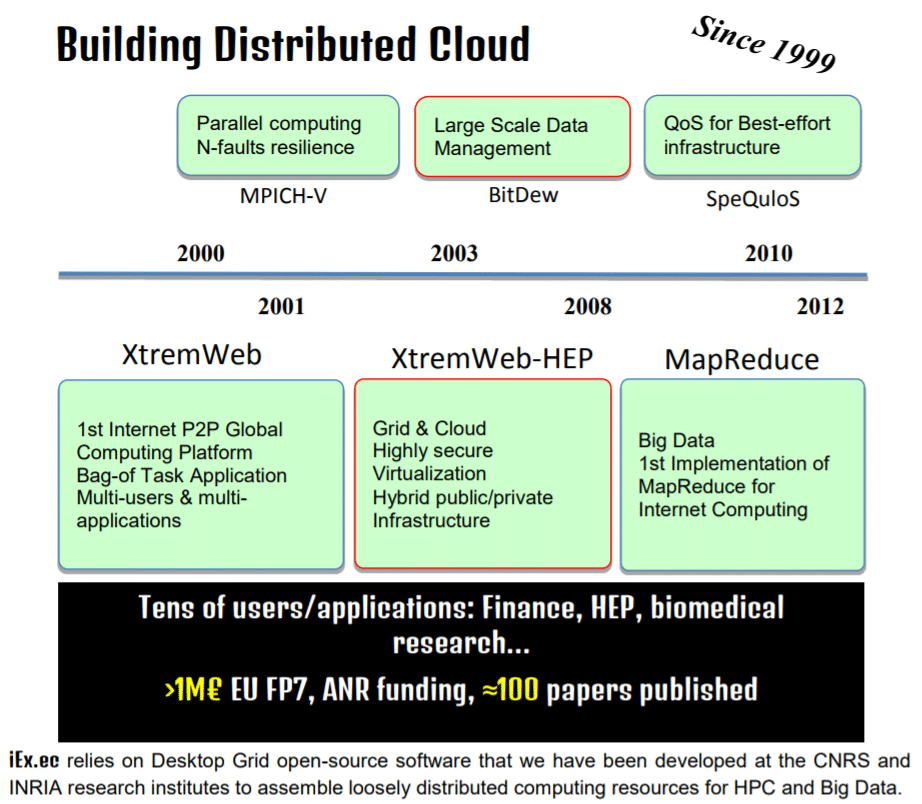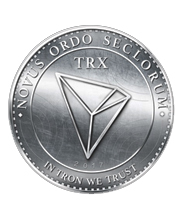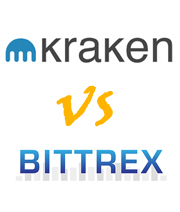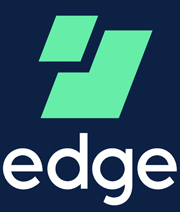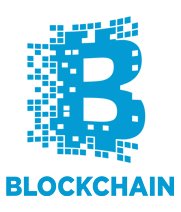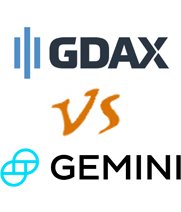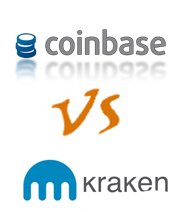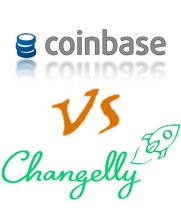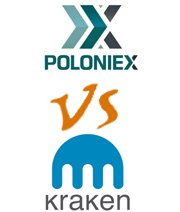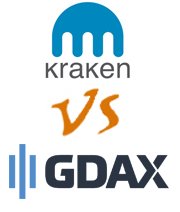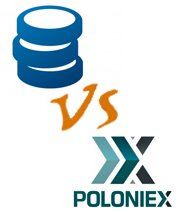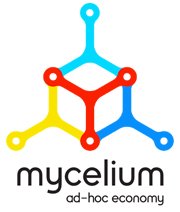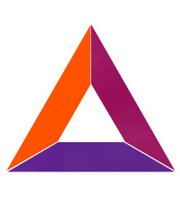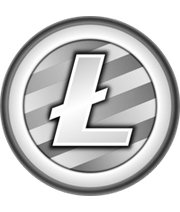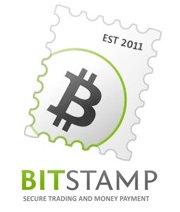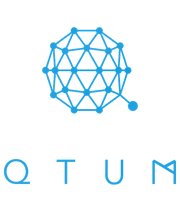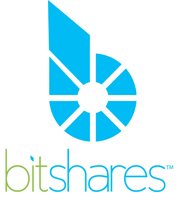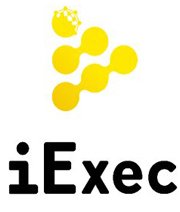
Table of Contents
In technology, there’s been a trend in recent years towards decentralization – spreading power and storage out over multiple systems, nodes, or computers – and many blockchain platforms have been making use of it. It has many advantages, including improved security and stability, and that’s what’s drawn people to it.
There’s a new platform out there that’s making use of this type of computing, but because of their low profile, most haven’t heard of them. They’re called iExec RLC, a cloud computing platform that utilizes processing power from different nodes – a decentralized method of getting processing power in an inexpensive way.

Using our guide below, you’ll get acquainted with what iExec RLC is and how it works. And if you’re looking for more great altcoins to consider investing in, check out our list of the best investments for the 2024 year.
How Cloud Computing Works Now
Right now, cloud computing is a standard in the industry, with major companies using it in their infrastructure. The plus is that it allows companies to use processing power, but they don’t have to actually maintain the servers, cooling units, storage facilities, and buildings that house them all. It makes sense, too: if someone’s already got the resources set up, why build up your own (especially when it’s cheaper)? It’s a big industry, taking in over $22 billion a year, and growing.
Obviously anyone would want to get in on that kind of money, but iExec is doing it in a different way. iExec wants to offer companies this very type of service – but in a decentralized way. They want to offer blockchain platforms the resources needed to run large numbers of transactions without causing network lag, something that’s begun to happen more and more as more people use, for example, Ethereum dApps.
The truth is that Ethereum can only handle so much, and iExec wants to give them enough processing power so that their dApps can scale larger and larger as more people get onboard.
How iExec Works
The principle behind iExec is that it allows dApp processes that take up a lot of processing power to move those processes off their chain, so that the network runs more smoothly and efficiently.
Using something called Desktop Grid Software, iExec grants dApps the ability to access computing resources connected with iExec. The result is a giant connected pool of computing power that’s accessed when needed, allowing those other computers to take up the brunt of the power while the main dApp chain doesn’t have to deal with it. You can choose anything from a desktop PC to an industrial-strength server center
iExec allows freedom of choice via smart contracts. It uses a proof of contribution algorithm to make sure the provider is providing the power it’s being asked to, for which they get RLC tokens in return.
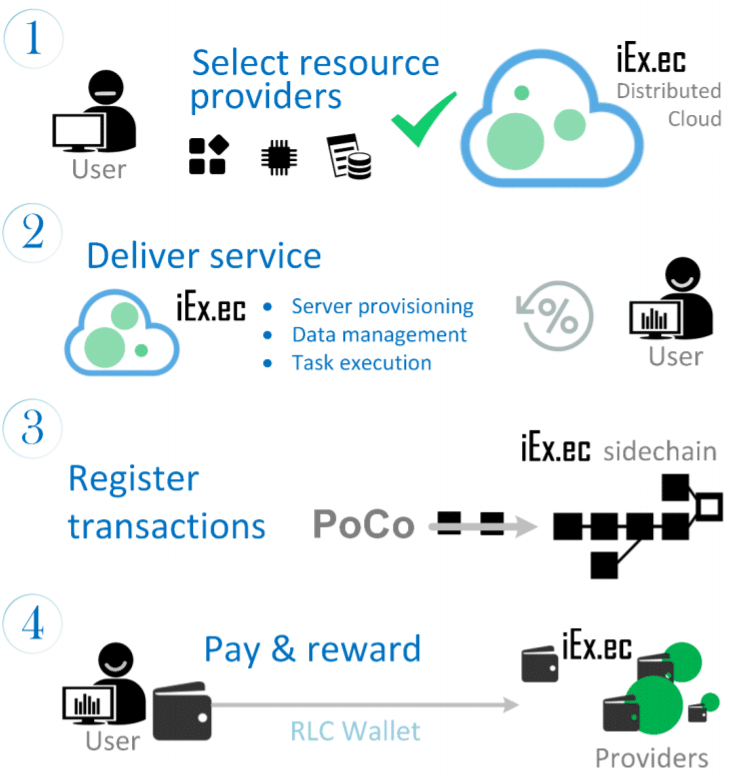
The Platform
There are three main components of the iExec platform.
First is the Marketplace. This is the place where users and providers can interact and make deals for use of computer power. There’s a special Matchmaking contract that makes sure the right amount of computer power is being matched with the right request – so no one ends up with too much or too little power.
Second is the dApp Store, which allows you to search through and buy dApps that run on iExec’s platform. This store is already up and can currently be accessed.
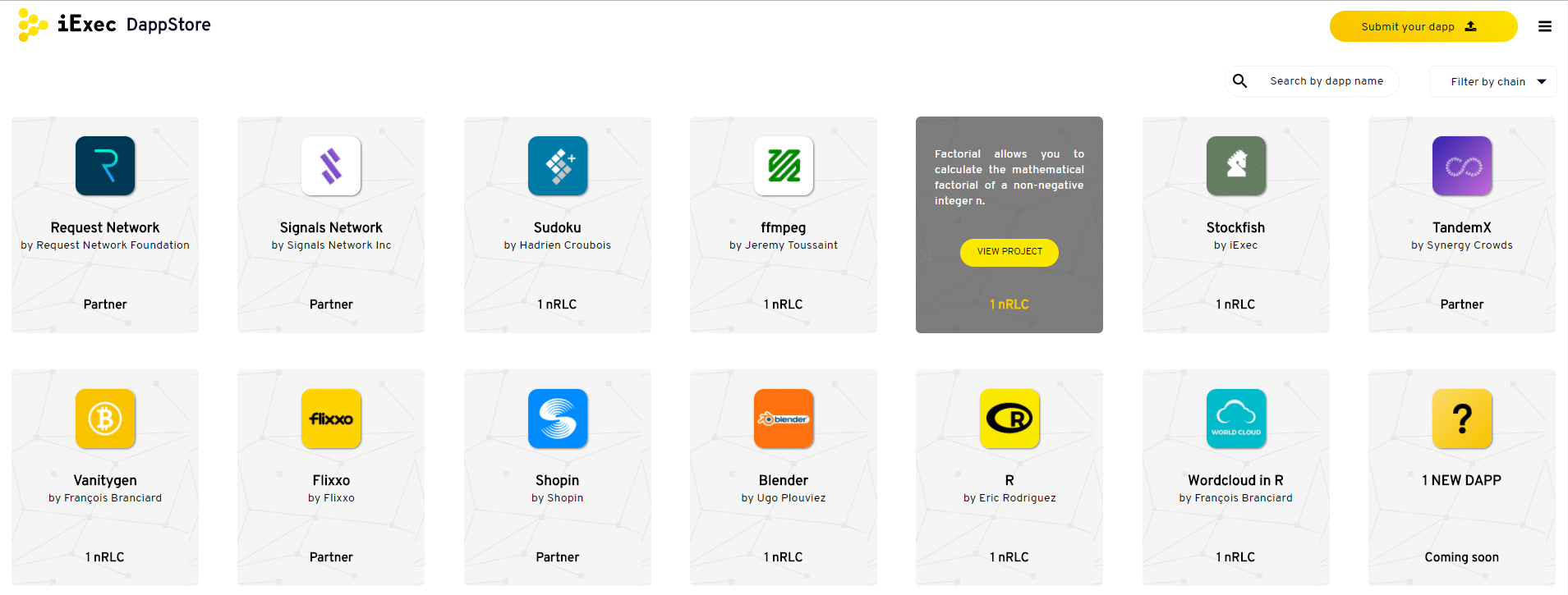
Last is the Data Marketplace. Here, data providers can actually sell data, primarily to dApp developers (but technically to anyone). This feature isn’t implemented yet, but should be released later in 2024.
The Team Behind iExec
The iExec team comes from a strong scholarly background, with all of the main 6 developers having doctorates. Four of them – Gilles Fedak, Oleg Lodygensky, Haiwu He, and Mircea Moca – are cloud computing developers who conceived iExec as an answer to the problem of how to use the Desktop Grid to develop a cloud computing platform.
This project is already well underway. Several features are already available, with the core features being developed. Their next set of goals has to do with the marketplace functions, which should roll out at the end of the 2024 year.
Right now their focus is on Ethereum’s dApps, but their hope is to one day expand so that all blockchains that support dApps can work with it.

The Competition
This company isn’t the only one that can lay claim to offering decentralized cloud-based processing power. The most notable of these are Golem and SOMN, but there are some reasons why they aren’t necessarily going to bump into each other.
The reason is the focus. Golem and SOMN are looking to create a distributed global supercomputer, with blockchain at its core. On the other hand, iExec is focused only on providing decentralized power to help power dApps.
The Trading History of RLC
RLC has had a familiar trajectory. Toward the end of last year, the price was stagnating around $0.80 to $1.00, but toward the end of December it started rocketing up, hitting an all-time high of $4 in mid January. It crashed right back down, plummeting to $1.55. Since then it’s had some bumps and dips, and it currently sits around $1.43. Keep in mind though that nearly all coins had a bad time around the start of the year, mainly having to do with Bitcoin’s performance (which informs the way traders trade other coins).
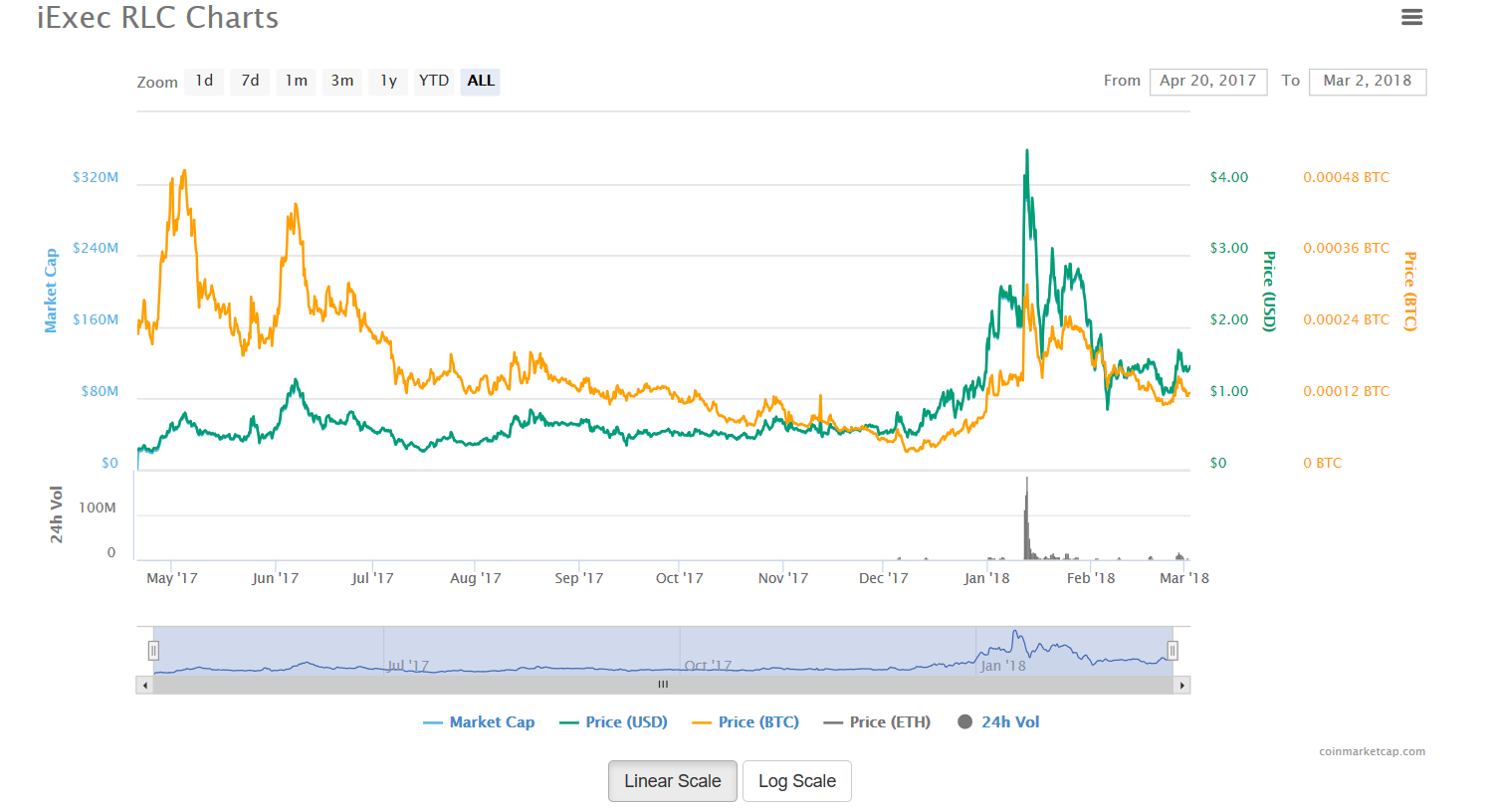
If you’re in the market for new crypto tokens to diversify your investments, you can also check out this updated list of recommended altcoins for investing in 2024.
Buying RLC
Right now, the best place to get RLC is on Bittrex, Binance, Bitfinex, and Upbit. There’s no direct way to buy RLC with fiat (except on Bitfinex), so if you want to try, say, Bittrex, you’ll have to go to a service out there where you can buy BTC or ETH, and then use that to buy RLC. For those who don’t currently have BTC or ETH, though, Bitfinex is a fine place to get started.
Storing RLC
You’re in luck, here: RLC is supported on a number of different wallets. Since it’s an ERC-20 token, it works on the ever-popular MyEtherWallet, the best online option for wallets. If you want a hardware wallet (which gives you more security and the ability to hold it coins in “cold storage”), you can store it on a Trezor or a Ledger Nano S. These can cost you (sometimes over $100), while MyEtherWallet is free of charge.
iExec vs Golem
These are similar projects, but different in their focus. While both are decentralized volunteer computer processing platforms that let people rent out their processing power for tokens, iExec focuses their platform on dApps and the processing power they need for their services. Golem, on the other hand, is trying to be a global supercomputer that can be accessed and used for even huge projects, like multimillion-dollar computer effects generation or complex math and physics research projects. Both have tokens as a part of their network, and both make use of blockchains. GNT trades higher than iExec, in the top 100 (while iExec is only in the top 150).
iExec vs SOMN
Again, here we have two similar platforms. Both of them offer the ability to “rent” computer power from a distributed network of volunteer computer nodes. Both have their own coins as a part of their services. SOMN offer capabilities specifically for video streaming, video games, and video rendering, while iExec focuses only on providing these services to Ethereum-based dApps. SOMN seems to have made more of an effort to advertise themselves, while iExec has been quieter, not really engaging with the crypto community as much as others have.
iExec vs Siacoin
These are pretty different platforms. While both of them focus on offering distributed resources that can be “rented,” their focuses are quite different. iExec offers cloud computing power for dApps on the Ethereum blockchain, while Siacoin offers storage space for everyday users and companies who want extra storage without having to pay for expensive hard drives. Both have their own currencies that are trading on major exchanges.
www.natas.co.uk/dev/wp-content/languages/new/writing-services.html
Siacoin is more fully-operational, while iExec is in its beginning stages.
Frequently Asked Questions
- Is iExec RLC on Reddit?
Yes, there’s a community there talking about it. - When was the iExec ICO?
April 2024. - Is iExec RLC on CoinMarketCap?
Yes. - What’s the price of iExec?
Right now, it’s around $1.43. - Does iExec have a white paper?
Yes. - How does iExec work vs Golem?
You can check out the differences and similarities between these two in our comparison section above. - Is iExec a coin?
Yes, the RLC is its native ERC-20 token.
www.natas.co.uk/dev/wp-content/languages/new/service-agreement.html
- Is RLC coin on Binance?
Yes, it’s being traded there. - Does iExec have a Twitter?
Yes. - What’s the iExec roadmap?
Their next focus is on their marketplace capability, with other blockchains than Ethereum to be worked with down the line. - How does iExec work vs SOMN?
See our comparison chart above for the answer to that.
www.natas.co.uk/dev/wp-content/languages/new/thesis-help.html
- Does iExec have a marketplace?
Yes, it will offer a marketplace for people to trade RLC for computing power. - Does iExec have a dApp store?
Yes, that’s one of its main features. - What was the iExec ICO price?
We couldn’t find that information.
Conclusion
If blockchain technology is going to grow, it’s going to need support. As the recent CryptoKitties fiasco showed us, Ethereum can only handle so much traffic, and if large numbers of people and transactions are going to be supported, it’s going to need help. iExec could very well be that help. While it does have some competition, it’s the only service that offers what it specifically does. They’re still new, but 2024 isn’t ending anytime soon, so they have lots of time to make good on their promises and deliver what we hope will be a game-changer in distributed computing.
iExec RLC is just one cryptocurrency of many. If you want to read about the most promising recent coins, click here for the best altcoins to invest in in 2024.
